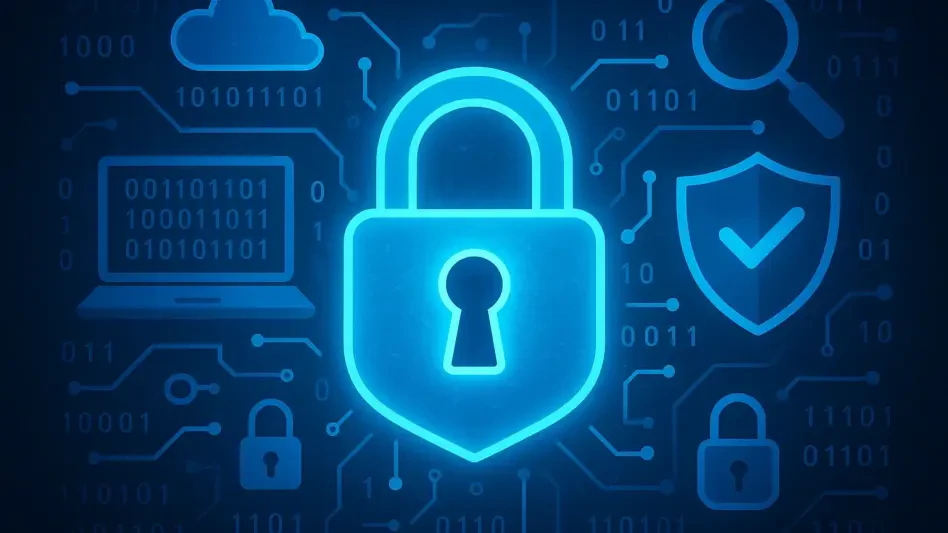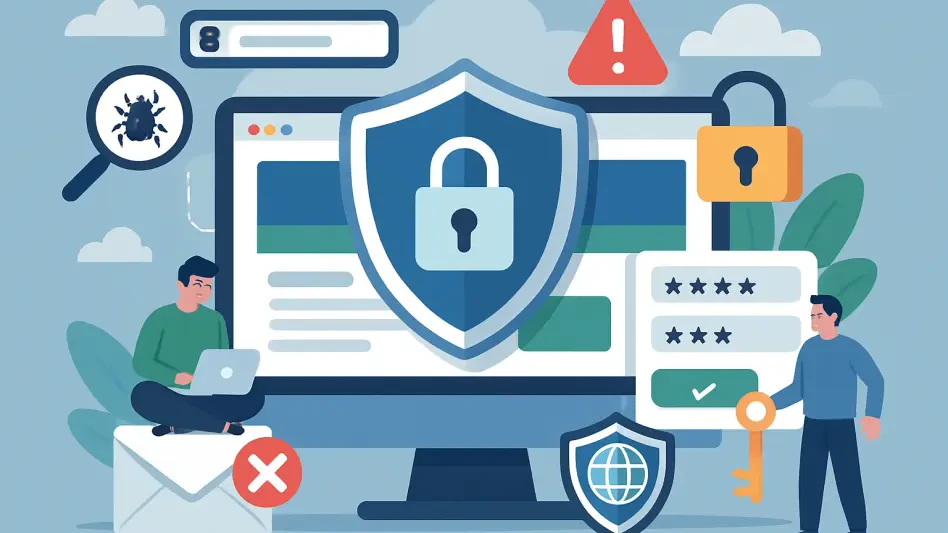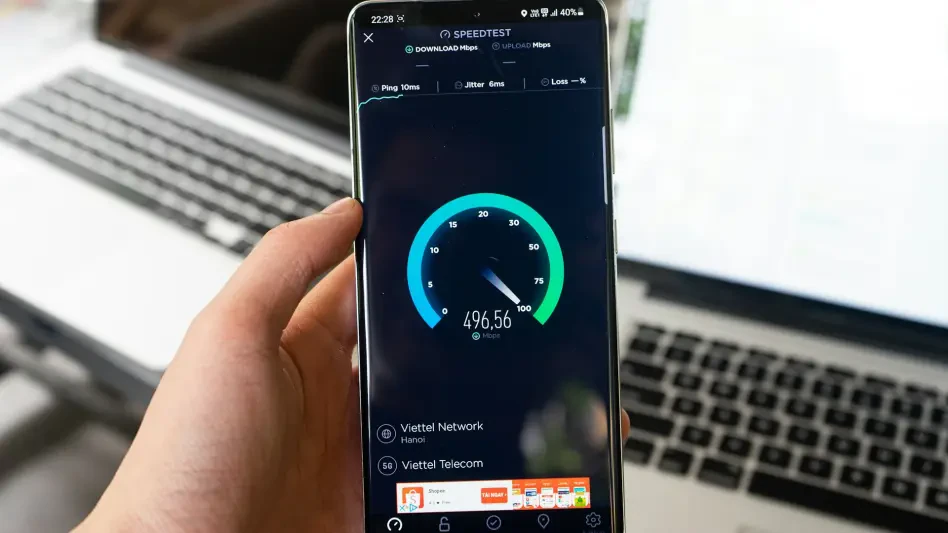Being on the receiving end of a notification about a data breach can be anxiety-inducing. When trusted websites and apps are targeted by hackers, obtaining sensitive information is often their primary objective. So far in 2025, there have been various high-profile data breaches. This translates to millions of concerned users whose data has been exposed to hackers.
For businesses, the threat of losing customer data to hackers is a serious one. It constitutes a violation of legislation and policies—and can lead to massive financial penalties.
Cybercrime is predicted to exceed $23 trillion in 2027, indicative of a growing problem for businesses around the world. But what happens with all this private information after a major data breach, and how can businesses protect customer data?
This article looks at the dark web economy, a black market in which information is a commodity to be sold to the highest bidder.
How Data Breaches Happen
Knowing how threat actors assess databases and systems is crucial to preventing hackers from accessing private information. Threat actors typically follow the same strategic approach when intending to breach a database. It all comes down to the following three steps:
Research: The first step with any potential database breach is reconnaissance. Hackers will spend a considerable amount of time looking for backdoor entry points and coding vulnerabilities. There are a number of ways insecurities manifest, from a lack of security controls to employees falling prey to social engineering.
Attack: Once they’ve identified a suitable weakness, threat actors will decide on a method of attack. This could be an email spear-fishing attempt, an exploitation of vulnerabilities, or accessing accounts through stolen credentials.
Compromise data: The next step in the plan is to carry out their threats by compromising data. With access to the target’s internal network, hackers can rifle through systems to either extract, destroy, or lock up data (which can then be used to hold companies at ransom).
Developing a working knowledge of threat actor tactics, techniques, and procedures is vital to driving preventative protection strategies in businesses.
The Dark Web: The Marketplace for Stolen Credentials
According to IBM’s data security report, it takes businesses approximately 277 days (about nine months) to identify a data breach. In the case of compromised credentials, the average timeframe is around 327 days. During this time, sensitive information and customer data could already be trading hands on the dark web, where hackers sell data to the highest bidder.
Login credentials and other personal data are often sold in combo lists, and hackers typically compile a compilation of usernames, addresses, ID numbers, passwords, and assorted bits of more information from various breaches.
If they’re undetected for long enough, they aim to hit the same target multiple times to enrich combo lists, increasing their value
Each new data breach enriches these lists, increasing their value and utility in cybercriminal circles. The anonymity and encrypted nature of dark web marketplaces facilitate these transactions, making it challenging for law enforcement to trace and dismantle these networks.
The hidden nature of the dark web makes it difficult for businesses to search the open web to see if they’ve been compromised. Experts advise businesses to invest in specialized cybersecurity monitoring services. Dark web monitors continually scan and crawl the online black market, searching specifically for a company’s data.
The Uses of Stolen Credentials
The National Public Data leak was the biggest data breach in 2024, exposing approximately three million records and affecting 272 million people. Hackers attempted to sell this information for $3.5 million on the dark web.
For cybercriminals, accessing sensitive information to sell on the dark web is one of the key reasons threat actors attempt to infiltrate organizations. The misuse of stolen information can severely compromise both individual privacy and corporate security, leading to significant financial and reputational damage.
When an organization’s data has been compromised, typically, an alert is triggered by a dark web monitoring service. Following this, there are a few steps that the business must follow, which include:
Validating the information from the alert;
Assessing the scope of the breach and compromised data;
Containing the risk by isolating the hackers;
Sending out notifications to relevant parties;
Securing the breach by fixing vulnerabilities;
Updating compromised credentials to avoid them being used;
Updating cybersecurity software and systems;
Investigating the source of the hack;
Communicating transparently with affected parties.
Corporate Espionage and Sabotage
Bad actors can deploy advanced persistent threats to gain undetected access to a corporate network. This stealthy presence allows them to exfiltrate sensitive data over time without being discovered.
The implications of such breaches are profound, including the loss of intellectual property like patents, the leaking of confidential projects, or the exploitation of sensitive information by competitors or third parties for malicious purposes. These attacks not only threaten the competitive edge of companies but also their operational integrity and stakeholder trust.
Re-Use Stolen Credentials for Further Attacks
Stolen credentials can also fuel further credential-based attacks, phishing efforts, and scam campaigns. When cybercriminals obtain staff credentials, they can use them to install ransomware remotely or trick unsuspecting coworkers into surrendering additional sensitive information. This cycle of compromise can escalate quickly, spreading through an organization and magnifying the potential damage.
Identity Theft and Fraud
The use of stolen credentials extends beyond immediate financial gain to more insidious forms of exploitation like identity theft and fraud. These acts can have long-lasting impacts on victims’ lives, including legal complications and damage to financial and personal reputations.
Applying for Credit: Criminals can use stolen identities to open new credit lines, secure loans, or obtain credit cards, often leaving the victim with fraudulent debts
Filing for Government Benefits: By assuming an individual’s identity, cybercriminals can divert unemployment, tax refunds, or other government benefits to themselves
Renting Properties: Using someone else’s credentials, criminals can rent properties, which may lead to legal issues or damage claims against the victim
Conclusion
The dark web economy thrives on stolen credentials, fueling an ever-evolving ecosystem of cybercrime that inflicts severe financial and reputational damage on businesses. From ransomware attacks and corporate espionage to identity theft and fraudulent financial transactions, the misuse of stolen data underscores the vulnerabilities organizations face in an increasingly digital world.
To counter these threats, businesses must adopt a proactive cybersecurity approach that includes multi-layered security protocols, real-time threat intelligence, and continuous employee awareness training.
Implementing zero-trust frameworks, robust access controls, and advanced monitoring solutions can significantly reduce the risk of credential theft and exploitation.
Moreover, international collaboration among law enforcement, cybersecurity professionals, and regulatory bodies is essential to disrupting cybercriminal networks and mitigating the economic incentives that drive illicit activities on the dark web. The fight against cybercrime is ongoing, and organizations that prioritize cybersecurity resilience will be better positioned to safeguard their digital assets and maintain trust in an era of growing cyber threats.







